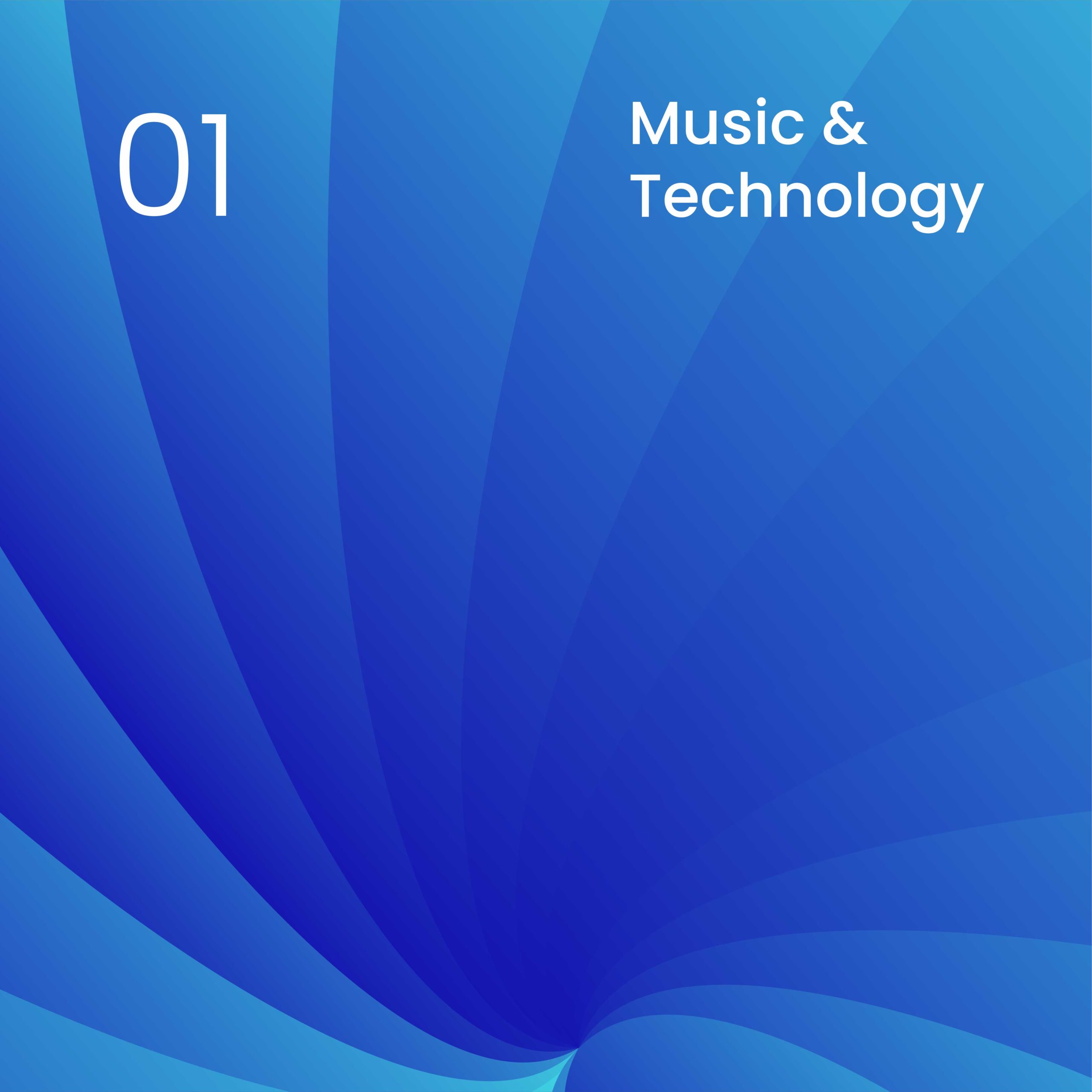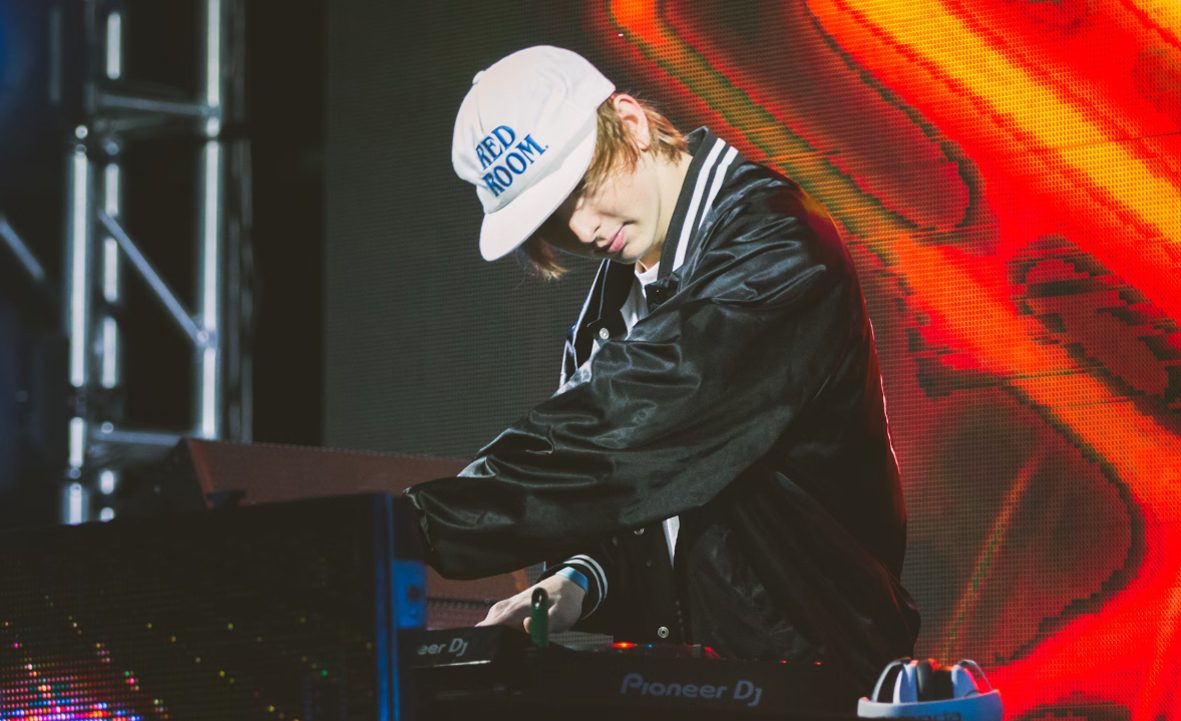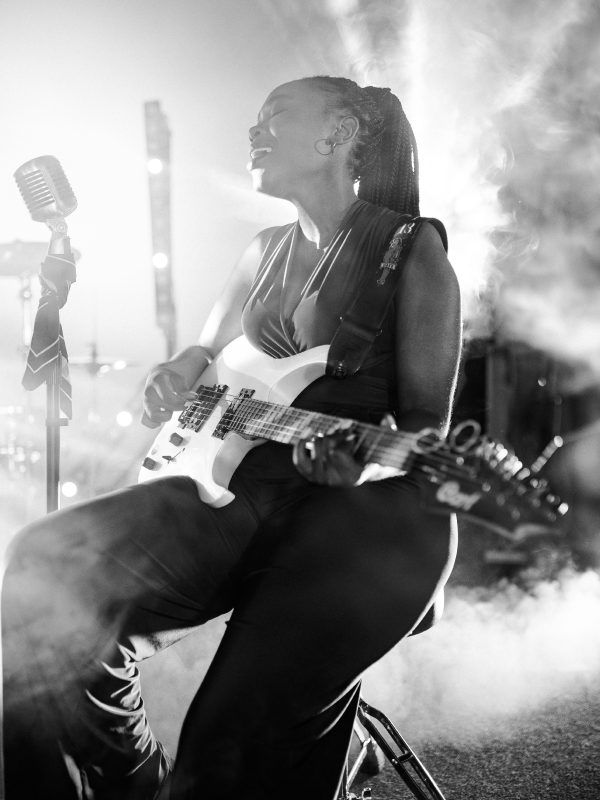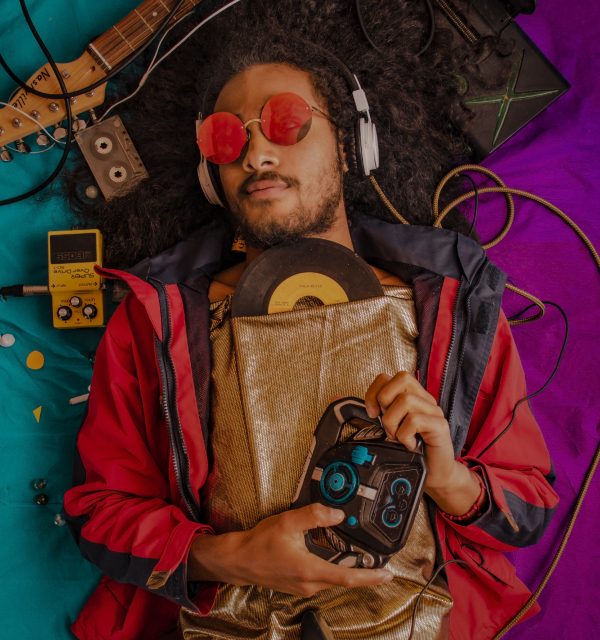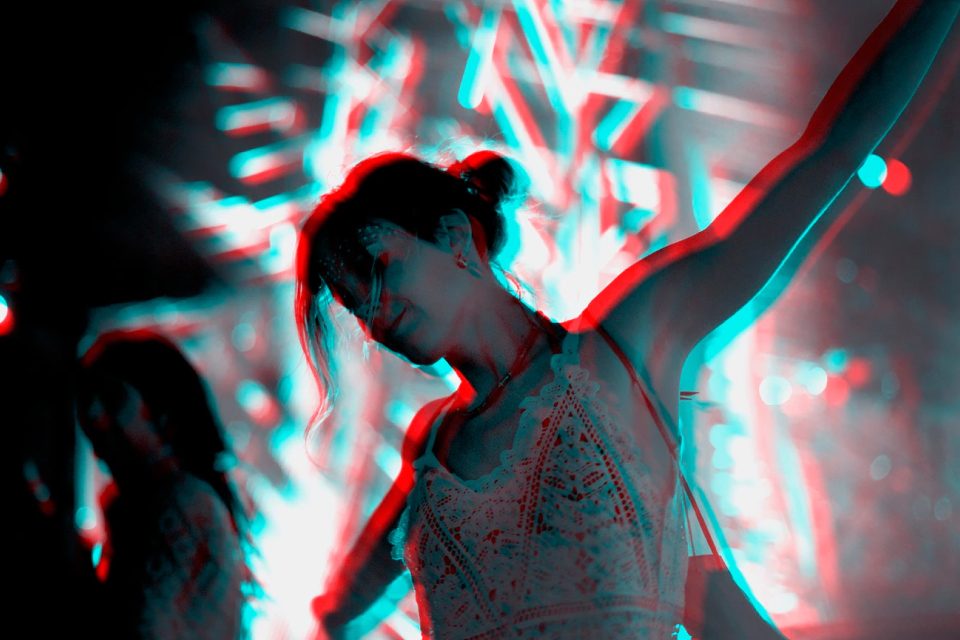Synths and Symphonies: Technology’s Role in Orchestras
Music, at its core, is an art form, but technology has always played a significant role in shaping how it’s created, performed, and experienced. From the invention of the piano to the rise of electronic synthesizers, technological advancements have consistently expanded the boundaries of musical expression. Nowhere is this interplay more fascinating than in the world of orchestras, where tradition meets innovation in surprising and transformative ways. Today, the symphonies of the past are blending seamlessly with the synths of the future, creating a new era of orchestral music.
Orchestras have a long history of evolving with the tools and techniques of their time. The 18th and 19th centuries saw the development of new instruments like the saxophone, valve trumpets, and various percussion instruments, which enriched the soundscapes of classical music. These innovations allowed composers to push creative boundaries, leading to iconic works like Tchaikovsky’s 1812 Overture and Mahler’s symphonies. Yet, for much of this period, orchestras relied solely on acoustic instruments, with little involvement of technology beyond instrument design.
The 20th century marked a turning point with the advent of electronic instruments. The theremin, one of the earliest electronic instruments, made its debut in the 1920s and was soon followed by synthesizers and tape machines. While these innovations initially found a home in experimental and electronic music, they began to infiltrate orchestral compositions. Composers like Edgard Varèse and Olivier Messiaen incorporated electronic sounds into their works, challenging audiences to rethink what orchestral music could be.
In India, a similar evolution occurred in the fusion of traditional and modern sounds. Composers like A.R. Rahman brought electronic elements into orchestral arrangements, blending the grandeur of strings and brass with the versatility of synthesizers. Rahman’s use of technology in film scores, such as Lagaan and Dil Se, showcased how orchestras could embrace electronic tools to create globally resonant music.
The modern era has seen technology become an integral part of orchestras. Synthesizers, samplers, and digital workstations are now common tools for composers and performers alike. These technologies allow for an expanded sonic palette, enabling orchestras to incorporate sounds that were once impossible to achieve. From the ethereal textures of synthesizers to the deep, resonant tones of electronic bass, technology has added new dimensions to orchestral music.
One of the most significant contributions of technology is its ability to simulate instruments and entire orchestras digitally. Software like Native Instruments’ Kontakt or EastWest’s Hollywood Orchestra allows composers to create realistic orchestral arrangements without needing a live ensemble. While purists may argue that nothing can replace the emotion and nuance of live musicians, these tools have democratized access to orchestral sounds, enabling independent artists and smaller productions to achieve cinematic-quality scores.
In live performances, technology has transformed how orchestras engage with audiences. Amplification and high-fidelity microphones ensure that every nuance of the performance is heard, even in massive concert halls. Visual effects, synchronized lighting, and projection mapping have turned symphonic performances into immersive experiences. For example, the Game of Thrones live concert tour combined a full orchestra with dynamic visuals, creating a multisensory event that drew fans from around the world.
The integration of technology has also sparked collaborations between orchestras and electronic artists. Projects like Berlin Philharmonic’s collaboration with electronic musician Aphex Twin or the Royal Philharmonic Orchestra’s reinterpretation of Pink Floyd’s music highlight the creative possibilities when classical and electronic worlds collide. These collaborations not only introduce orchestral music to new audiences but also challenge traditional notions of what an orchestra can be.
In India, similar collaborations have emerged, with artists like Shankar Mahadevan and Ehsaan Noorani combining electronic production with orchestral elements to create genre-defying works. These projects celebrate India’s rich musical heritage while embracing the possibilities of modern technology, resulting in compositions that are both rooted and futuristic.
However, the adoption of technology in orchestras is not without its challenges. Critics often argue that over-reliance on electronic tools can dilute the authenticity and emotional depth of live performances. Additionally, the cost of integrating advanced technologies, such as virtual reality or immersive sound systems, can be prohibitive for smaller orchestras and venues. Balancing innovation with tradition requires careful consideration, ensuring that technology enhances rather than overshadows the artistry of the performers.
Despite these challenges, the fusion of synths and symphonies represents an exciting future for orchestral music. Technology has opened doors to creativity, collaboration, and accessibility that were once unimaginable. It has allowed orchestras to stay relevant in a rapidly changing musical landscape, appealing to younger audiences while honoring their storied traditions.
As we look ahead, the role of technology in orchestras will likely continue to expand. Artificial intelligence is already being used to compose symphonies, while virtual reality offers the potential for fully immersive concert experiences. Imagine attending a symphony where you can walk among the musicians, experiencing the music from the conductor’s perspective. These innovations are not just speculative—they are already beginning to take shape, pushing the boundaries of what orchestral music can achieve.
Synths and symphonies may seem like opposites, but together, they represent the best of both worlds. The timeless beauty of orchestral music, combined with the boundless possibilities of technology, has created a dynamic and evolving art form. Whether through a traditional symphony hall or a futuristic virtual performance, orchestral music continues to captivate and inspire, proving that the harmony between tradition and innovation is music to our ears.
